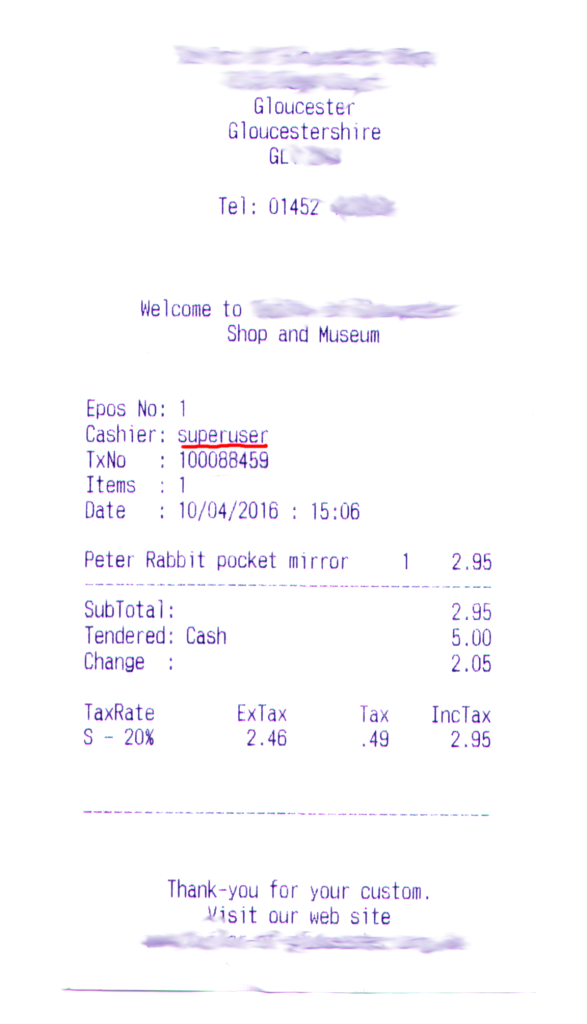One of the hidden gems of cloud computing platforms (how many more of them are out there?) is the possibility of performing quite accurate quantitative assessment of risks to security systems.
The strength of a big share of information security measures rests on computational complexity of attacks on underlying security algorithms. To name a few, you need to factor some 2048 bit integer to crack an RSA key, you need to get through an average of 2^127 tries to recover an AES encryption key, you need to iterate over 20 million dictionary passwords to find the one matching the hash, and so on – I’m sure you’ve got the idea. All of these tasks require enormous amounts of time and computational resources, and the unavailability of those to the vast majority of potential attackers is the cornerstone of modern data security practices. This hasn’t changed much for last several decades – yet, something around it has.
In ye goode olde days, a security architect had to rely on some really vague recommendations when deciding which security parameters to employ in the system, which often sounded more like voodoo predictions rather than a well-defined formally justified methodology. These ones from NIST, for example, literally say, ‘if you want your data to be secure up until 2030, protect it with 128 bit AES’. Hmm, okay. And what are the chances of my data being cracked by 2025? 2035? What if the data I encrypt is really valuable – would it be worthwhile for the attacker to jump over their head and try to crack the key well before 2030? What is the price they’d have to pay to do that and what are the chances they’d succeed?
The rise of cloud computing platforms brought in a big deal of certainty onto the table. With the availability of commercial cloud platforms one can estimate the costs of breaking a computation-dependent security scheme unbelievably accurately. Back in 2012, the cost of breaking a scheme by a potential attacker could hardly be estimated. It was believed that the NSA probably has the power to break 1024 bit RSA, and a hacker group big enough could probably break SHA-1 with little effort. Probably.
Everything is different today. Knowing the durability of the security system they need to deploy or maintain, and being aware of the computational effort needed to break it, a security architect can estimate the ceiling of the price the attacker needs to pay to conduct a successful attack on the system – in dollars and cents.
To obtain that estimation the security architect would create a scalable cloud application that emulates the attack – e.g. by iterating over those 20 million passwords in distributed manner. Afterwards, they would work closely with the cloud service provider to figure out the price of running that application in the cloud, which will be a function of the system’s security parameters and the amount of time needed to conduct the attack. Having built the price function, they would be able to make a justified and informed decision about the security parameters to employ, by balancing the attack duration and cost with any benefits the attacker would get from a successful attack. This is a huge step forward in the field of security risk assessment, as it allows to describe the strengths and weaknesses of the security system in well-defined ‘I know’ terms rather than ‘I feel’, and view the system from a business-friendly ‘profit and loss’ perspective as opposed to enigmatic ‘vulnerabilities and their exploitation’.
It is worth mentioning that a good security architect would then monitor any changes around the cost of breaking the system, including changes in the cloud service providers’ SLAs and price schedules, and be prepared to make any necessary amendments to the risk figures and the security plan. With computation prices going down all the time, reviewing the risks periodically is vital to guarantee the continuous security of the system.
